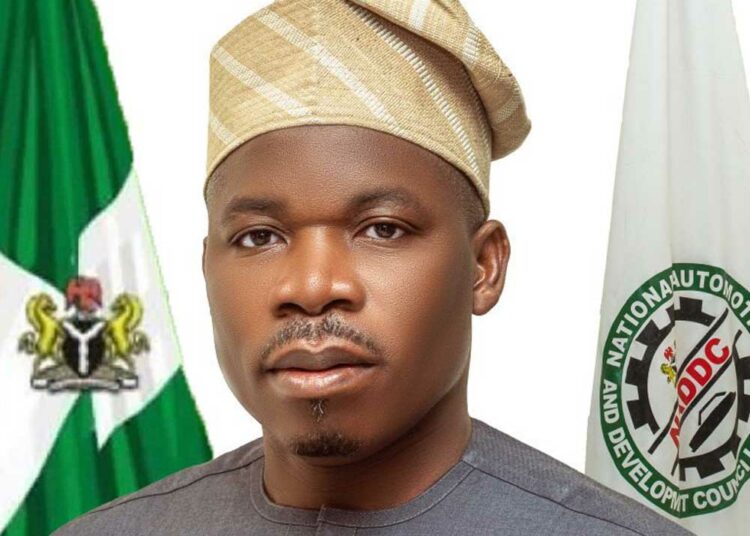The director-general of the National Automotive Design and Development Council (NADDC), Joseph Osanipin, has expressed optimism that the country is on track to achieve its ambitious target of converting one million vehicles to run on Compressed Natural Gas (CNG) within the next year, as the Pi-CNG initiative gains momentum.
To further boost the nation’s automotive industry, the council has set its sights on a new target to locally manufacture up to 40 per cent of auto spare parts within the country, a move that could significantly reduce reliance on imports and bolster Nigeria’s economic growth.
Speaking on the updates on CNG conversion around the country on TVC news, Osanipin said, “as it is now, we have conducted engagement with stakeholders in the six geopolitical zones of the country including the engineers involved in the conversion, the gas stations owners the drivers of the vehicle and the motor unions.”
On the acceptance level of CNG, Osanipin stated that the acceptance level is high. You know we are just starting. We have started an awareness campaign. We need people to understand how CNG works and that is why we started with the stakeholders that would be involved in the conversion or that would be involved in building the vehicle.
“When the Pi-CNG started the dream was to have about one million vehicles within a year. We are on the right path and we are going to achieve it and surpass the target. 18 firms have already registered for CNG conversion and more are expected to join.
“Also it takes between four and five hours to convert a vehicle. What this means is that if you have multiple conversion units within the firm, that means you can do more. So with this, depending on the numbers we have per state or per location and engineers coming on board to train more people, the council is confident to meet the target and surpass it,” he stressed.
Experts said Nigeria generates over $900 million on auto spare parts in the country annually and yet, the government is not looking into the direction, the NADDC boss said, the council is actively exploring this opportunity. We would identify key parts that can be easily manufactured in the country.
“We are prioritising component development and have initiated discussions with stakeholders to address challenges and leverage opportunities. Our goal is to create a co-located facility for component manufacturers, enabling standardisation and international-quality products,” he stressed.
The Nnewi auto industrial park is being developed to achieve this vision, with a components parts test centre in Enugu nearing completion. This infrastructure will enable the testing and certification of locally produced parts, ensuring they meet global standards.
On the outlook for the sector, he said, the outlook for the industry is promising, with the auto sector expected to contribute significantly to Nigeria’s GDP and create employment opportunities, adding that, “We aim to build auto sector organically starting from spare parts manufacturing and by the time we have all the lists of what we have comparative advantage over, we will start producing it in the country.
“We don’t have to produce all the spare parts of a vehicle, but we start by producing up to 40 per cent of components and when we do that, you will be surprised by the contribution of auto to GDP we are going to achieve.
“Also, a lot of employment will happen and currently, lots of Foreign Direct Investment (FDI) coming through auto because everyone that understands auto knows that a lot of growth will come out from this industry especially with the government focusing on CNG. So the auto sector has a lot of prospects and we have laid the foundation, and in no time you will start seeing the result.”
On where the country is currently on Electric Vehicle (EV), Osanipin said, Electric Vehicle is part of the new energy vehicle. “We are also focusing on this just as we are focusing on CNG. Now the attention is more CNG because of our comparative advantage and it’s our low hanging fruit that we can have lots of growth on. So that is why it seems we put CNG on the front burner and try to run on that quickly. So as we are working on CNG, we are also working on EV,” he said.





